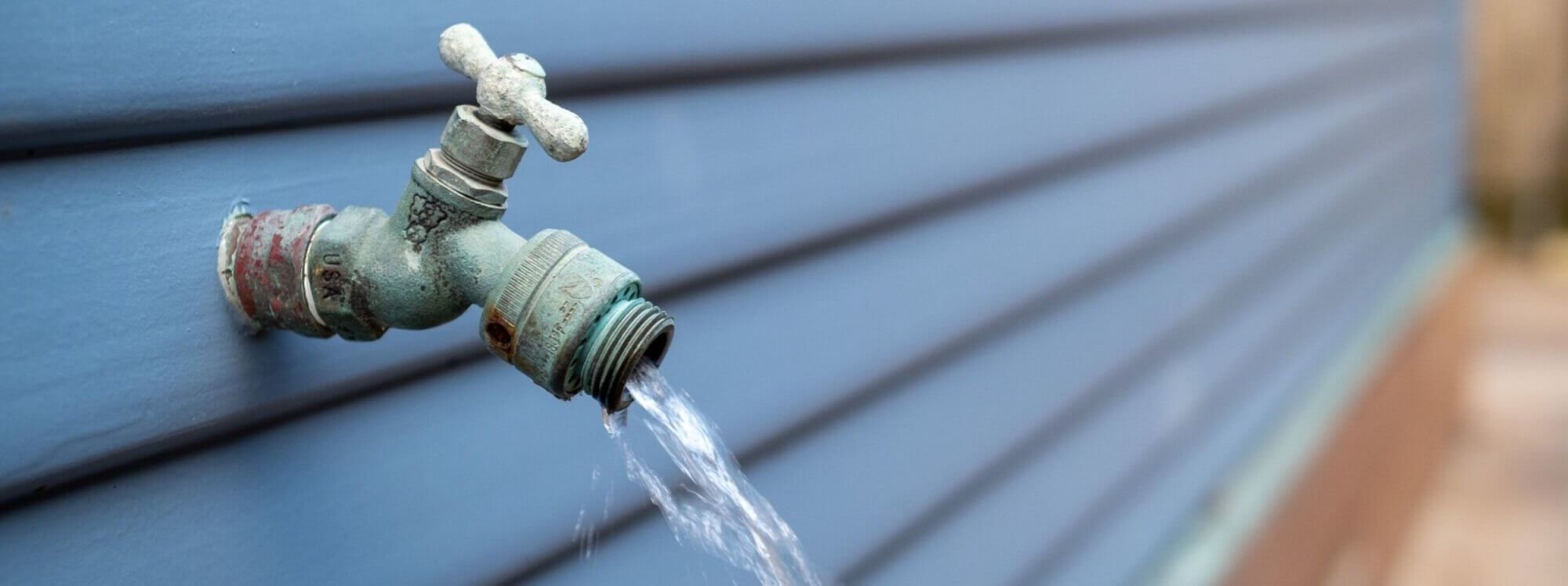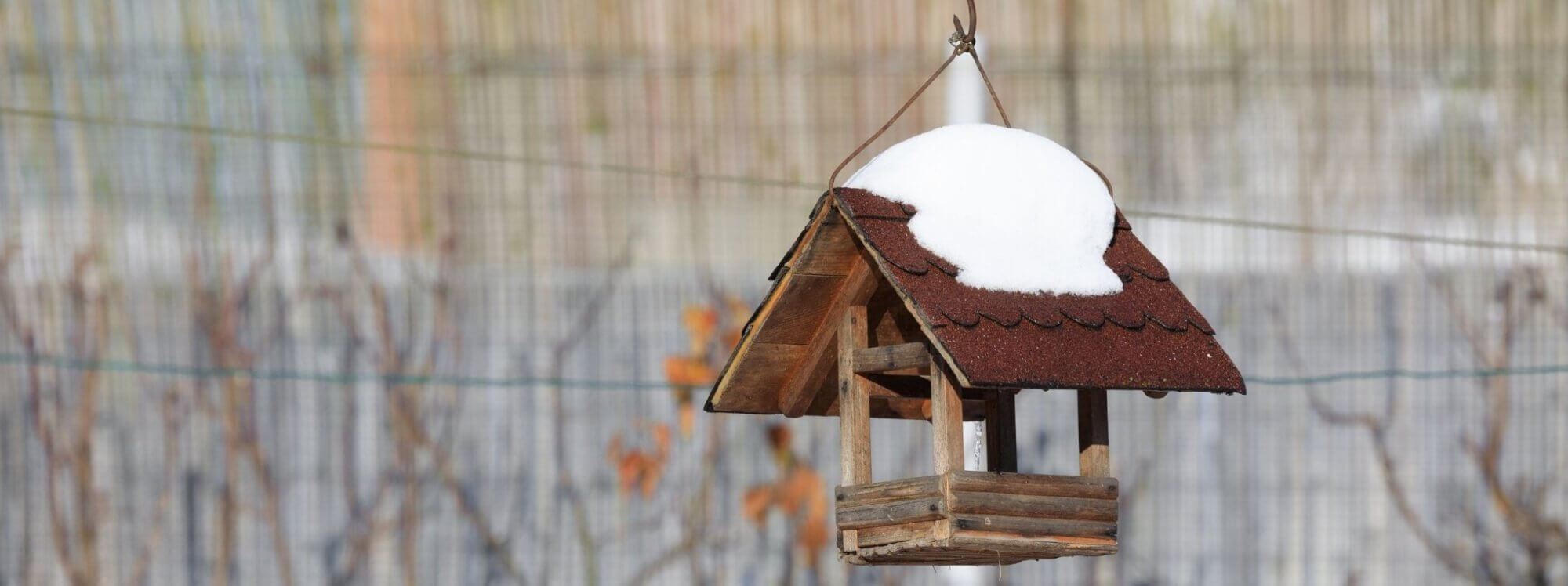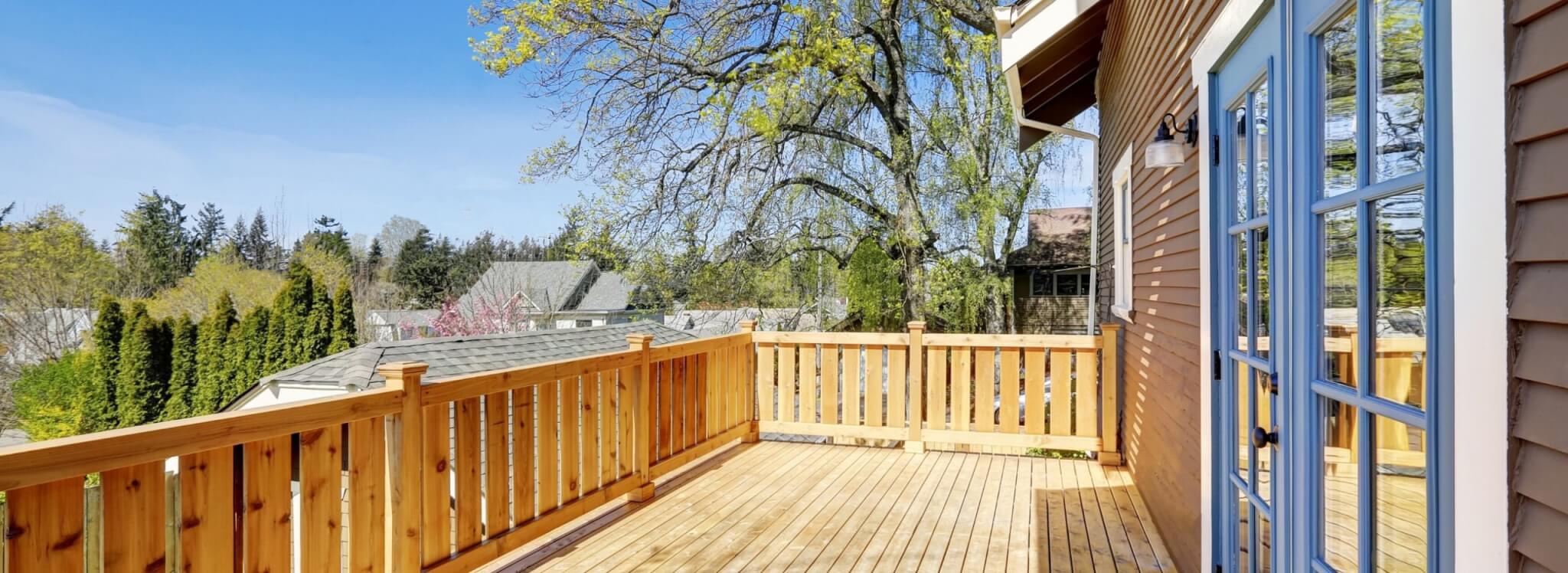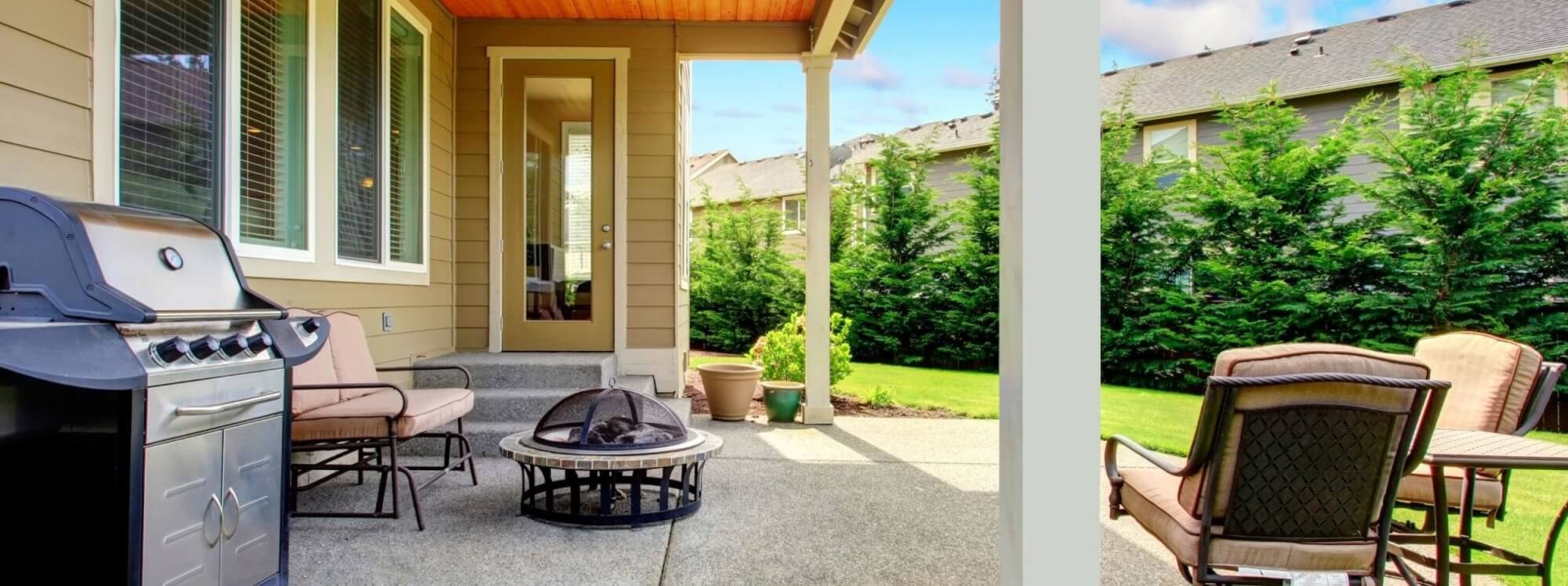A few years ago, an unnamed, first-time homeowner member of the Hometap team didn’t realize this important task needed to be done and, come winter, had a burst pipe in the basement when the pipe’s residual water froze and expanded. Hours of cleaning and a hefty plumbing repair bill later, they’ve never made that mistake again! With burst pipe repair costs ranging from $500 to $3,800, taking an hour or so to drain your exterior pipes this weekend will grant you peace of mind and save you money once freezing conditions settle in.
What You’ll Need
The Basics
- Gloves
- Bucket
What to Do
Turn off the water supply and drain all residual water in pipes connected to outdoor faucets.
How to Do It
Identify each faucet around the exterior of your property and remove attached garden hoses (as applicable). Drain remaining water from hoses, then roll them and store away for the winter. Choose a faucet to address first (if you have more than one) and make sure it’s in the off position.
Locate the water supply valves to each exterior faucet and shut them off. (They’re typically found on or near the basement ceiling or next to the main water supply valve.) Once the water supply has been shut off, go back outside to the exterior faucets. Place a bucket under each and turn the faucets on to drain any residual water. Once excess water has been drained and collected, dump the bucket. Leave the faucet in the on position.
Go back inside with your bucket to the interior pipe’s water supply valve and locate the bleeder cap. Holding the bucket underneath the valve, unscrew the bleeder cap to drain the remaining water out of the pipe. Once all water has been drained, replace the bleeder cap and fasten tightly. Go back outside to drain the bucket and turn the faucet off.
Repeat this process with each exterior faucet around your property.
LEGAL DISCLAIMER
The opinions expressed in this post are for informational purposes only. To determine the best financing for your personal circumstances and goals, consult with a licensed advisor.












